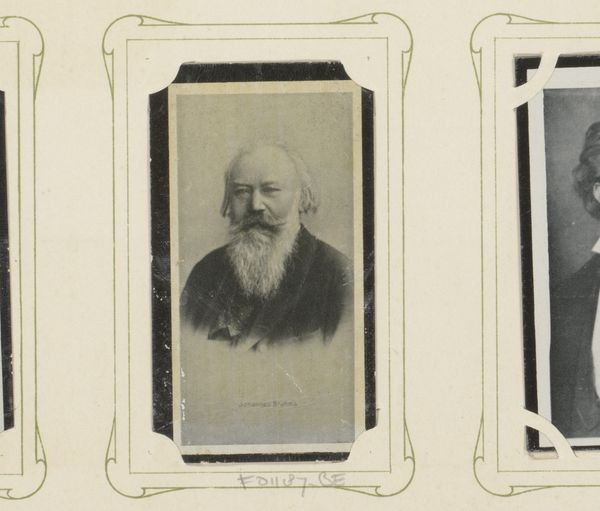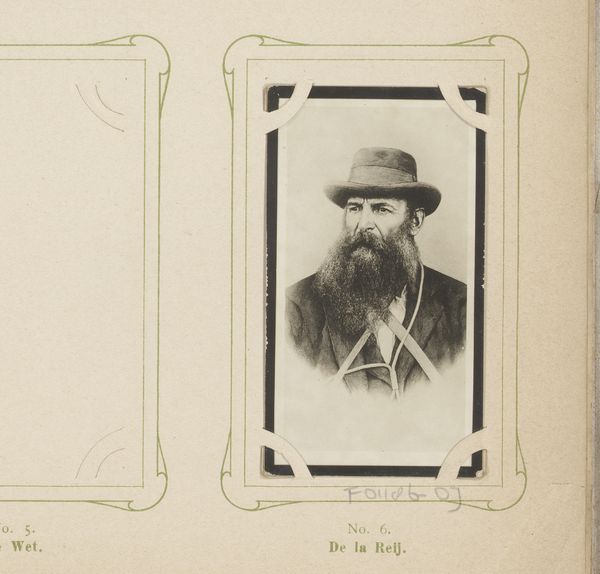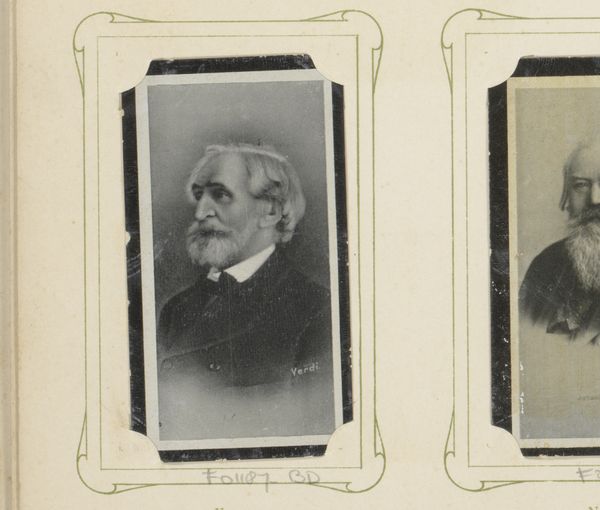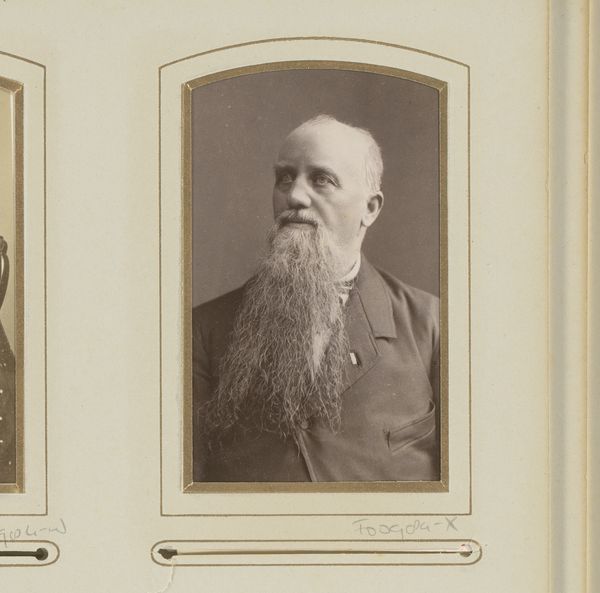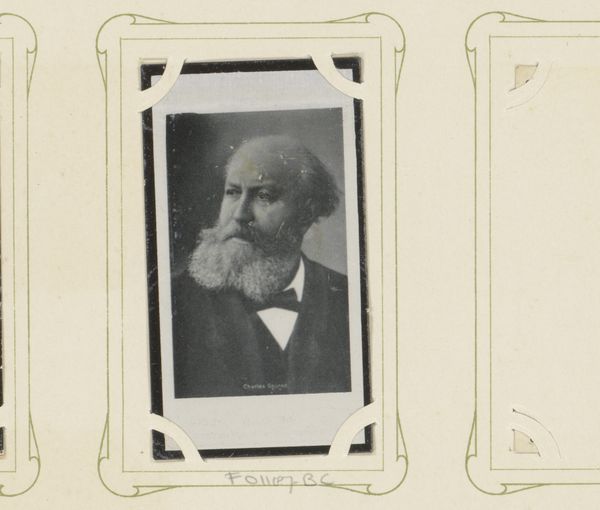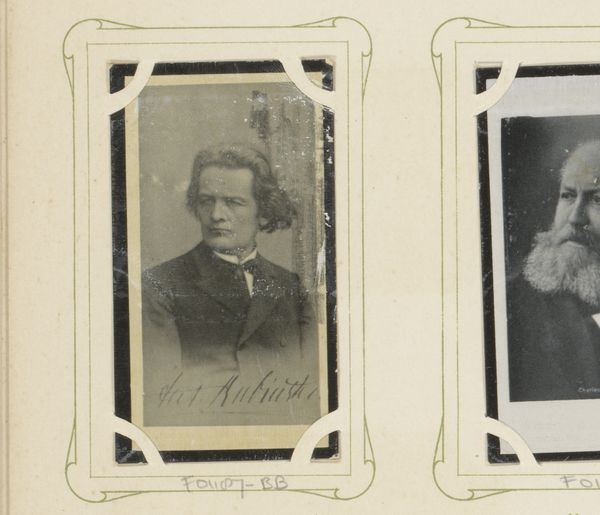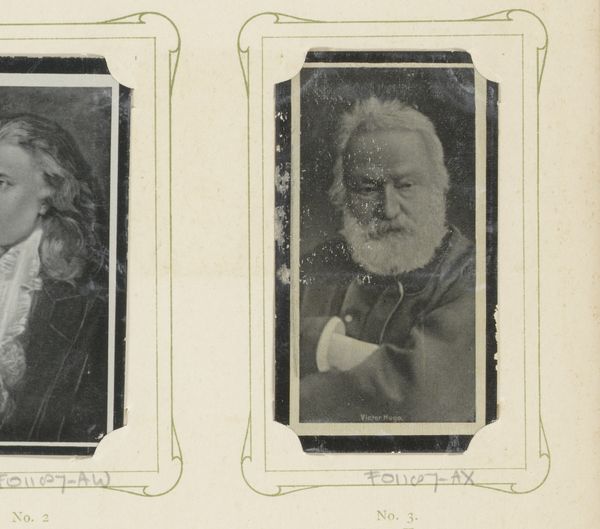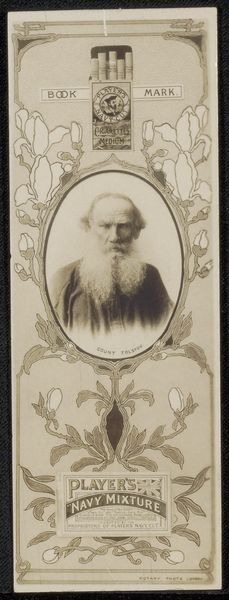
photography
#
portrait
#
pictorialism
#
photography
#
modernism
#
realism
Dimensions: height 82 mm, width 45 mm
Copyright: Rijks Museum: Open Domain
Curator: Before us we have a striking portrait simply titled "Portret van Leo Tolstoj," dating from between 1905 and 1906. It's a photographic study capturing the famous writer. Editor: My initial reaction is of severity and also simplicity; the stark black and white palette gives the subject immense gravity. And the portrait has very classical lines; the figure and light is organized around simple lines. Curator: Absolutely. This portrait offers insight into Tolstoj's later life, projecting the image he cultivated of a simple, almost ascetic, existence. Notice his clothing—the plain, dark shirt—eschewing aristocratic fashion, reflecting his renunciation of wealth. The beard too, so reminiscent of an Orthodox icon. Editor: I'm immediately drawn to how the high contrast amplifies the textural qualities. The wrinkles on his face become like topographic maps. It’s a beautiful interplay of light and shadow. The soft focus adds a kind of romantic quality, but at the same time highlights imperfections which makes him feel more human. Curator: Precisely! Consider the psychological impact. The beard, of course, represents wisdom, age, even a prophet-like figure. This deliberate construction mirrors Tolstoj's own spiritual journey. He came to see himself as a moral guide and this image clearly conveys that self-perception. The very format, similar to those of holy images displayed in Russian homes, further pushes him to the status of icon, saint or leader. Editor: I agree with that interpretation, although on closer inspection, that slight blurring around the edges seems to almost isolate the figure from us in a sense, despite how revealing it is. It doesn't just speak to truth in the literal sense, but reveals, perhaps unconsciously, an ambivalence or hesitancy from both subject and artist? Curator: That hesitation creates a lasting impression, revealing the many complex sides of the writer in old age, which is perhaps most indicative of his significance as a lasting voice for ethical action. Editor: Ultimately, this portrait beautifully highlights that the strength of formalism does not come simply from structural components but also cultural symbolism that is projected on simple visual lines.
Comments
No comments
Be the first to comment and join the conversation on the ultimate creative platform.
